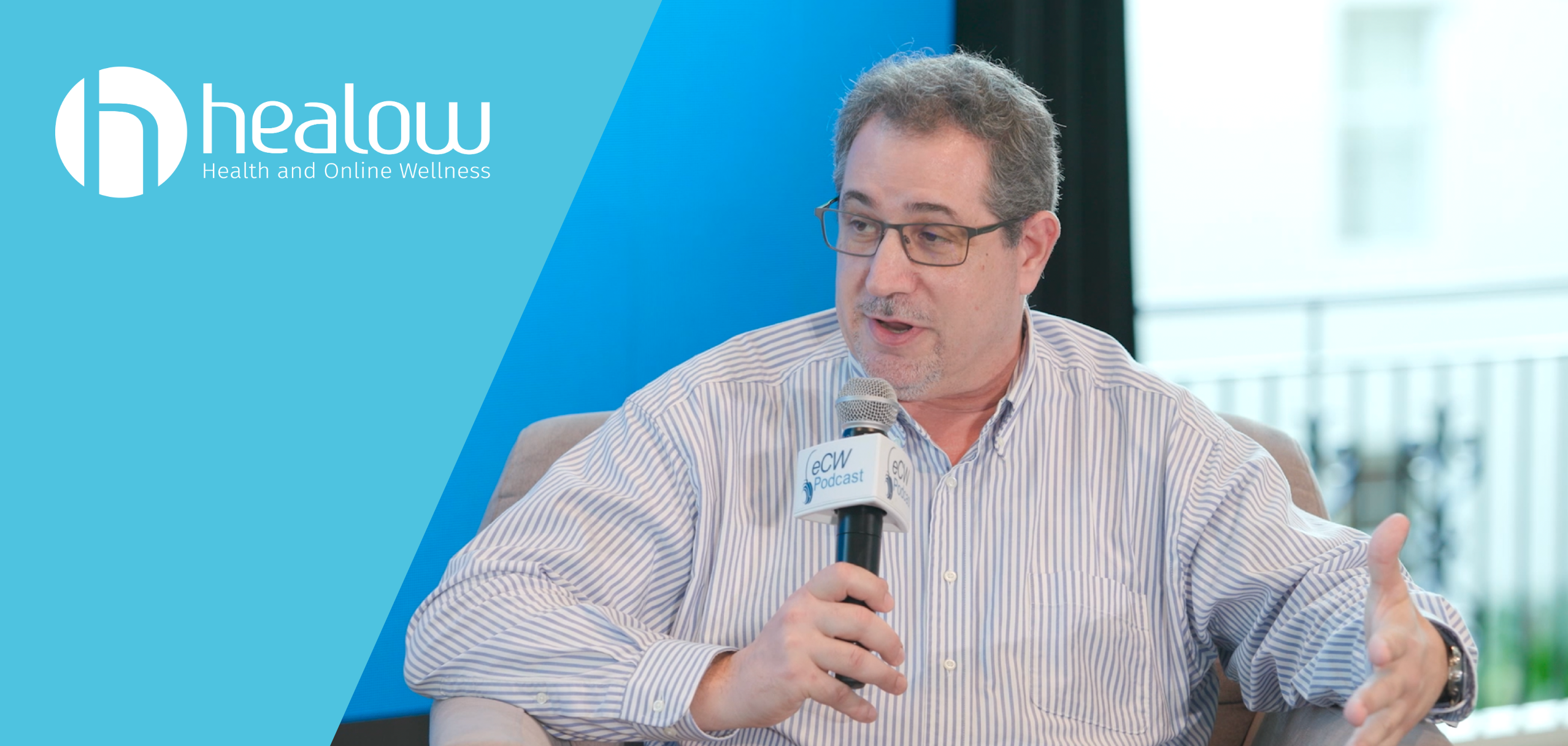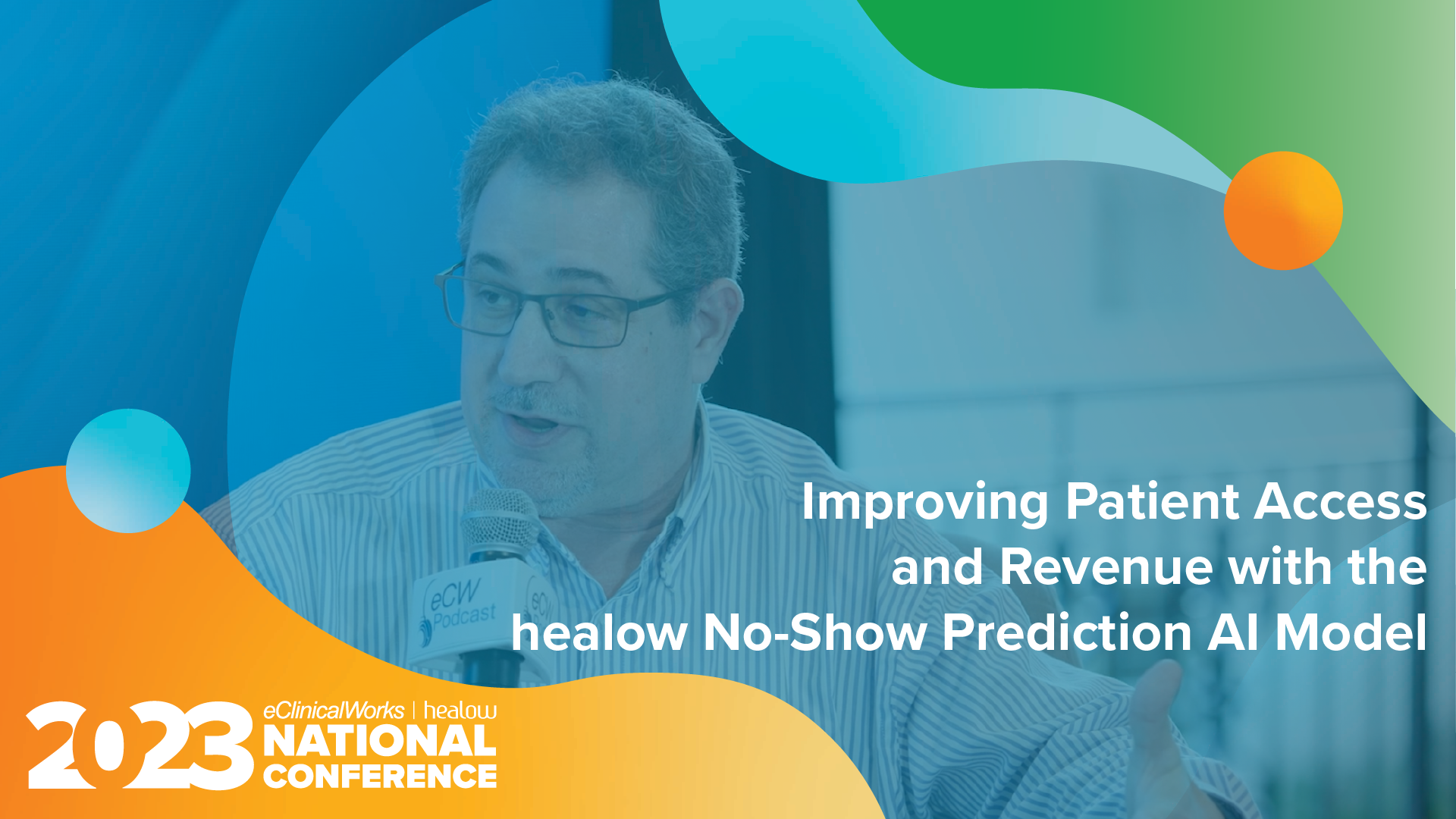
In the latest eCW Podcast, Adam Siladi sat down with Howard Shpritz from Total Health Care to discuss how AI is helping practices improve operations and patient access by predicting and rescuing missed appointments. No-shows, cancellations, and reschedules disrupt daily operations, reduce patient access, impede quality measures and value-based care performance, and decrease revenues. While these unsuccessful visits have long been considered an inevitable part of healthcare, recent AI advances have caused many people to reconsider that assumption.
Total Health Care is a 64-provider FQHC. As they have been for many healthcare organizations, no-shows have been difficult for the practice to manage. The staff tried many different conventional methods, such as pre-visit planning and calling patients with unconfirmed appointments to ensure that people show up for their visits, but the no-show rate was still high.
The healow no-show prediction AI model allows practices to understand which visits are most likely to be missed weeks before they are scheduled. This helps the staff prevent these appointments from going unused, significantly increasing an office’s overall efficiency.
Things began to change after Total Health Care began using the healow no-show prediction AI model. By identifying appointments that were likely to be no-shows weeks in advance, it allowed the staff to place a priority on those appointments.
“The predictor model shows us the probability of patients that are likely to be a no-show, so, working closely with the data analytics team at eCW, we focused in on those patients that were at an 80% probability and higher,” said Howard Shpritz, revenue cycle manager and assistant administrator for Total Healthcare. “We started outreach to those patients, and that was successful fairly quickly in the process.”
This greatly improved Total Health Care’s engagement with its patients. The staff has a few dedicated individuals who reach out to these high-risk appointments, engaging in a dialogue and evaluating their needs. These patients are asked if they have any difficulties with transportation, if they have any childcare issues, if another timeslot works better for them, if they’d rather go to a different location or provider, and the like. They also ensure these patients have all the information they need to attend their appointments well in advance.
With the help of the eCW analytics team, Total Health Care found that appointments with an 80% probability and higher were only completed 11% of the time. After implementing the healow no-show prediction AI model, that number increased to 36%, and the number of appointments with a no-show probability of 80% or higher began to decrease.
While this increases office efficiency and revenue by decreasing no-shows, focusing on the appointments with a high no-show probability frees up time and effort for the staff to spend on other matters.
“Within the first thirty to forty-five days, we really saw significant improvement, and in conjunction with that improvement, it’s energized staff when they are making the calls and they see that they are having a benefit. It really helps everyone be more encouraged about the product and the outreach to the patients,” said Howard Shpritz.
To learn more about the healow no-show prediction AI model, watch the full podcast episode below.

